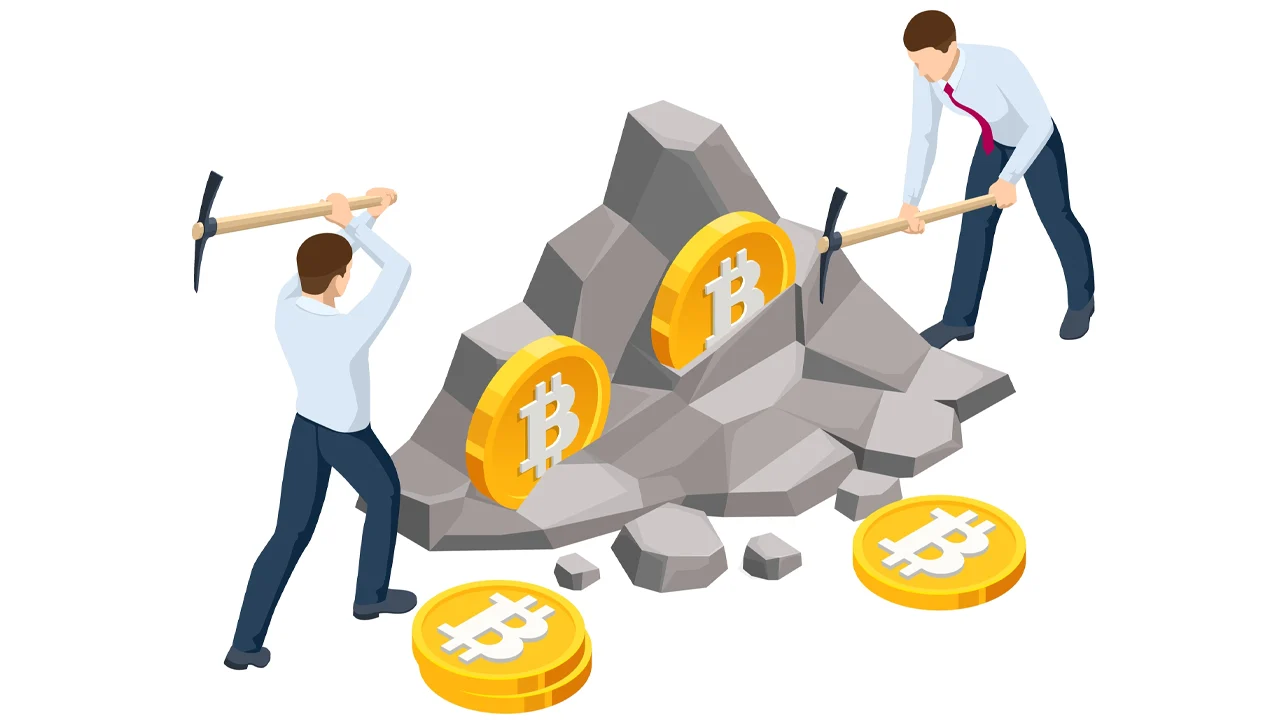According to CoinWarz, the Bitcoin mining difficulty, which expresses how difficult it is to mine a block, has just surpassed its previous record of 55.62 trillion hashes.
The protocol automatically adjusts the Bitcoin mining difficulty every two weeks or after mining 2,016 blocks, or epochs.
The 10-minute block mining goal is set by the Bitcoin network.
The network increases the mining difficulty at the end of an epoch if mining activity increases throughout that epoch and reduces the average block mining time below the desired 10-minute target.
The difficulty also decreases if an epoch’s average block mining duration is more than 10 minutes.
As more miners compete for a piece of the Bitcoin network’s computational power, the record-high mining difficulty directly reflects this growth.
Why Rising Difficulty is Bullish for Bitcoin, Explained by Bitfinex
According to analysts at Bitfinex, rising Bitcoin difficulty is good for the currency’s valuation.
The authors write that “Bitcoin difficulty increasing can suggest that miners believe that the current price of Bitcoin demonstrates that the current price of Bitcoin suggests a downwards deviation in the true value of Bitcoin.”
“As this might be considered as a modest downward departure from its genuine value, miners may be hopeful that the price of Bitcoin will soon recoup… Therefore, increasing their investment in Bitcoin mining at these prices might be very advantageous for them, according to analysts at the exchange, who spoke to Cryptonews.com.
The majority of the Bitcoin supply is held by miners, and if they anticipate price increases, they may reduce supply from a vital bitcoin market segment.
Bitcoin (BTC) is expected to experience its worst month of the year in August, falling more than 10%.
The cryptocurrency, which was trading close to $26,000, was under pressure from two factors: 1) macro headwinds associated with rising US yields and declining US stock prices; and 2) technical selling following a break below the earlier 2023 uptrend and 200DMA.
This caused the cryptocurrency to give back the gains it had made in June and early July, which had been spurred by hope for the adoption of a spot Bitcoin ETF in late 2024 or early 2024.
Many believe that Bitcoin’s suppressed price levels won’t last for very long, however, as the impending Bitcoin halving (historically a bullish factor) and a potential Fed interest rate cut cycle (possibly in H2 2024) are also on the horizon. In addition, spot ETF approvals are anticipated to drive institutional adoption in 2024.
Within a year of halvings (the following one is in April), Bitcoin frequently reaches new all-time highs.
It is hardly surprising that Bitcoin miners are raising their efforts and investments given the potential for gains of roughly three times those from current pricing.


